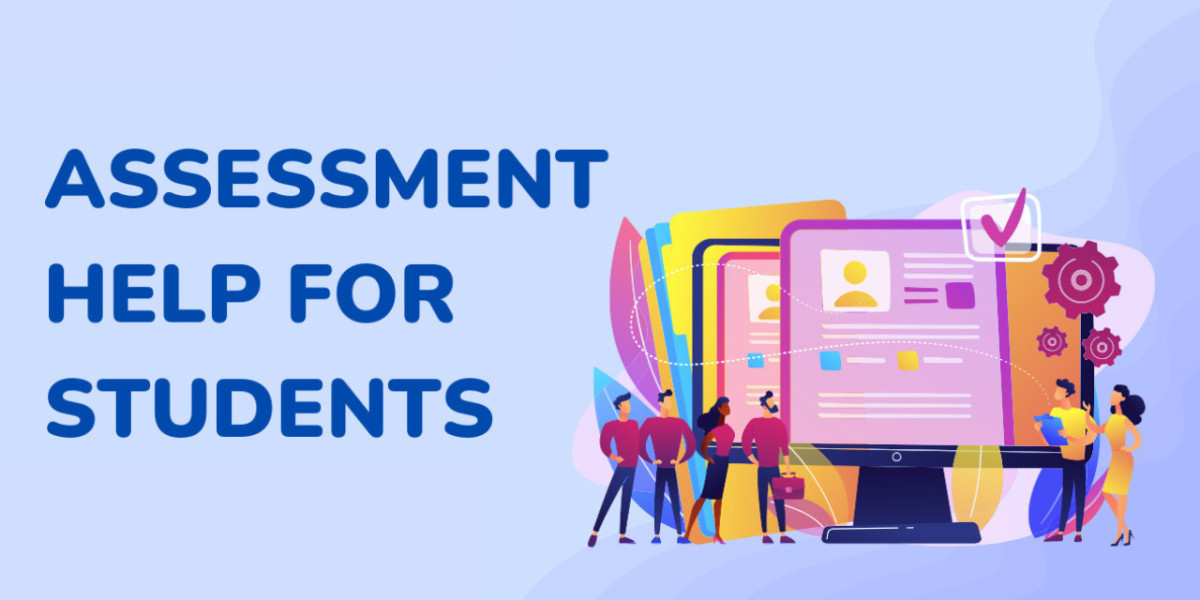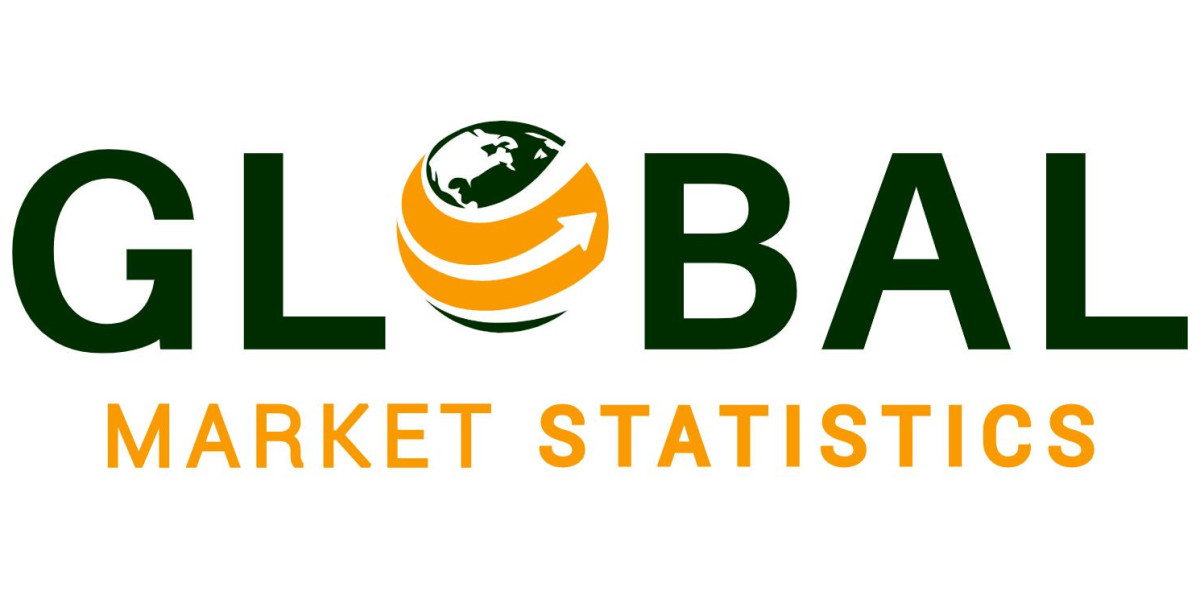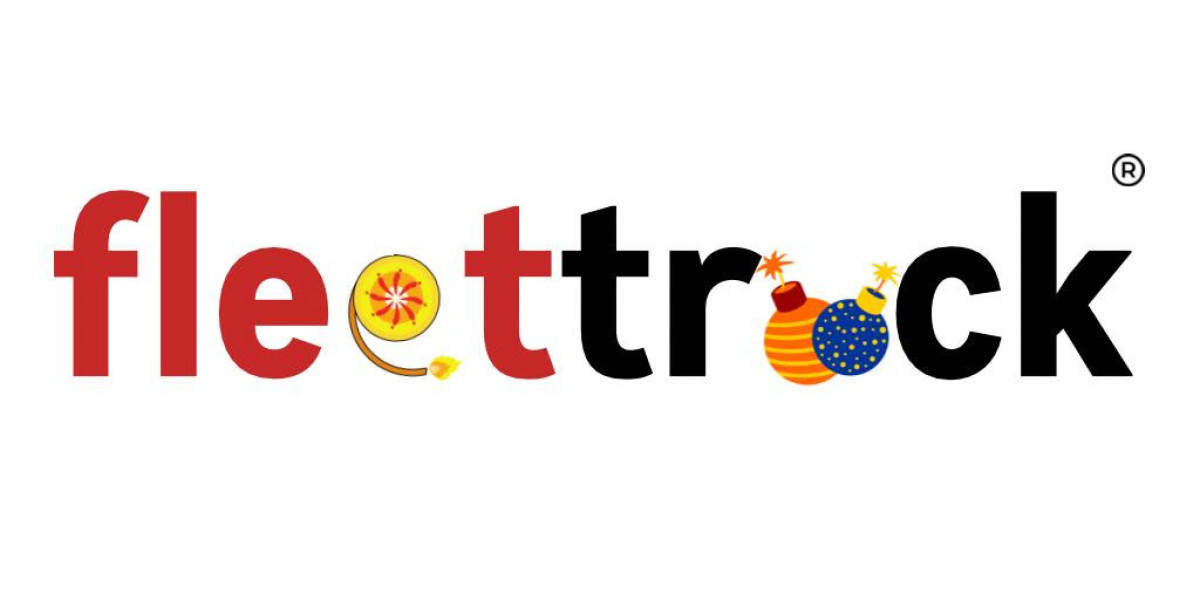Assessment is a cornerstone of education. It’s not just about grading; it's a powerful tool that helps teachers understand how well their students are grasping the material. In today’s diverse and dynamic classrooms, employing effective assessment techniques, including seeking Assessment Help when needed, can make all the difference in fostering student learning and engagement. Let’s dive into some of the most effective methods that can transform your classroom assessments.
Understanding Assessment Types
When we talk about assessments, it’s crucial to understand the different types that exist.
Formative vs. Summative Assessment
Formative Assessment is all about the process. These are ongoing assessments conducted throughout the learning journey. They help teachers gauge where students are in their understanding and adjust their instruction accordingly. Examples include quizzes, class discussions, and informal observations.
On the flip side, Summative Assessment evaluates student learning at the end of an instructional unit. Think of final exams or standardized tests. These assessments provide a snapshot of what students have learned but don’t necessarily help in real-time adjustments to teaching.
Diagnostic Assessment
Diagnostic Assessment serves as a pre-assessment tool. It’s designed to identify students’ existing knowledge bases and skill levels before instruction begins. Think of it as a roadmap; it helps you tailor your teaching strategy to meet students’ needs effectively.
Key Assessment Techniques
Now that we’ve covered the types of assessments, let’s explore some key techniques that can elevate your assessment game.
Rubrics
Rubrics are fantastic tools that clarify expectations for students. They provide a clear outline of criteria for grading and performance.
Definition and Benefits: A rubric is a scoring guide used to evaluate the quality of students' work. It breaks down the assessment into specific criteria, making it easier for students to understand what’s expected.
How to Create Effective Rubrics: Start by defining the learning objectives. Then, determine the performance levels (e.g., excellent, satisfactory, needs improvement) and outline specific criteria for each level. This clarity helps students aim for their best.
Peer Assessment
Peer assessment encourages students to take an active role in the evaluation process.
Definition and Advantages: In peer assessment, students review and provide feedback on each other's work. This technique not only fosters critical thinking but also builds collaborative skills.
Best Practices for Implementation: Provide clear guidelines and criteria for assessments. It’s also helpful to conduct a training session to guide students on how to give constructive feedback.
Self-Assessment
Self-assessment encourages students to reflect on their own learning and performance.
Encouraging Student Reflection: Encourage students to evaluate their work against set criteria. This practice fosters a growth mindset and helps them identify areas for improvement.
Tools for Self-Assessment: Utilize tools like journals, checklists, or digital portfolios to guide students in self-reflection.
Using Technology in Assessments
The integration of technology in assessments can streamline the process and enhance student engagement.
Online Quizzes and Surveys
Digital assessments are not only efficient but also engaging for students.
Benefits of Digital Assessments: They provide instant feedback and can easily be tailored to meet specific learning objectives. Plus, they save paper!
Recommended Tools: Platforms like Kahoot!, Quizizz, and Google Forms are user-friendly and widely adopted in classrooms.
Learning Management Systems (LMS)
Learning Management Systems are powerful tools that can support various assessment methods.
Features that Support Assessment: Many LMS platforms allow for quizzes, assignments, and tracking student progress. This feature makes it easier to analyze data and adjust teaching strategies accordingly.
How to Leverage LMS for Effective Feedback: Use the feedback features within LMS to provide timely comments on student submissions, ensuring they understand where they stand and how to improve.
Integrating Authentic Assessments
Authentic assessments are all about applying learning in real-world contexts.
What are Authentic Assessments?
These assessments mimic real-life challenges, allowing students to demonstrate their knowledge and skills in practical situations.
Examples of Authentic Assessments in Various Subjects
- Science: Conducting experiments and reporting findings.
- Math: Solving real-life problems that require mathematical reasoning.
- Literature: Creating presentations that analyze themes in a book.
Benefits of Using Real-World Scenarios
Authentic assessments engage students more deeply because they see the relevance of what they're learning. This engagement leads to better retention of knowledge and skills.
Feedback: The Heart of Assessment
Feedback is where the magic happens.
Importance of Timely and Constructive Feedback
Providing timely feedback helps students understand their performance in real-time, allowing for quick adjustments and improvements.
Techniques for Providing Effective Feedback
- Be Specific: Instead of saying, “Good job,” explain what was done well and what could be improved.
- Encourage Growth: Frame feedback in a way that encourages students to see challenges as opportunities for growth.
Creating a Balanced Assessment Strategy
A well-rounded assessment strategy combines various methods to provide a comprehensive view of student learning.
Combining Various Assessment Methods
Mix formative and summative assessments, incorporate peer and self-assessment, and leverage technology for a holistic approach.
Aligning Assessments with Learning Objectives
Ensure that all assessments directly relate to your learning objectives. This alignment helps maintain focus on what truly matters.
Conclusion
Incorporating effective assessment techniques in today’s classroom is essential for fostering a positive learning environment. From understanding the different types of assessments to utilizing technology and providing meaningful feedback, these strategies can significantly enhance student learning and engagement. Remember, the goal of assessment isn’t just to grade students but to support their growth and learning journey.
FAQs
What is the difference between formative and summative assessment?
- Formative assessments are ongoing and used to inform instruction, while summative assessments evaluate learning at the end of a unit or course.
How can I implement peer assessment in my classroom?
- Provide clear guidelines and criteria, and conduct a training session to help students understand how to give constructive feedback.
What tools are best for self-assessment?
- Tools like journals, checklists, and digital portfolios are effective for guiding self-reflection.
How does technology enhance assessment practices?
- Technology allows for efficient digital assessments, instant feedback, and easy tracking of student progress.
Why is feedback crucial in the assessment process?
- Timely and constructive feedback helps students understand their performance and encourages growth, making it an integral part of the learning process.








